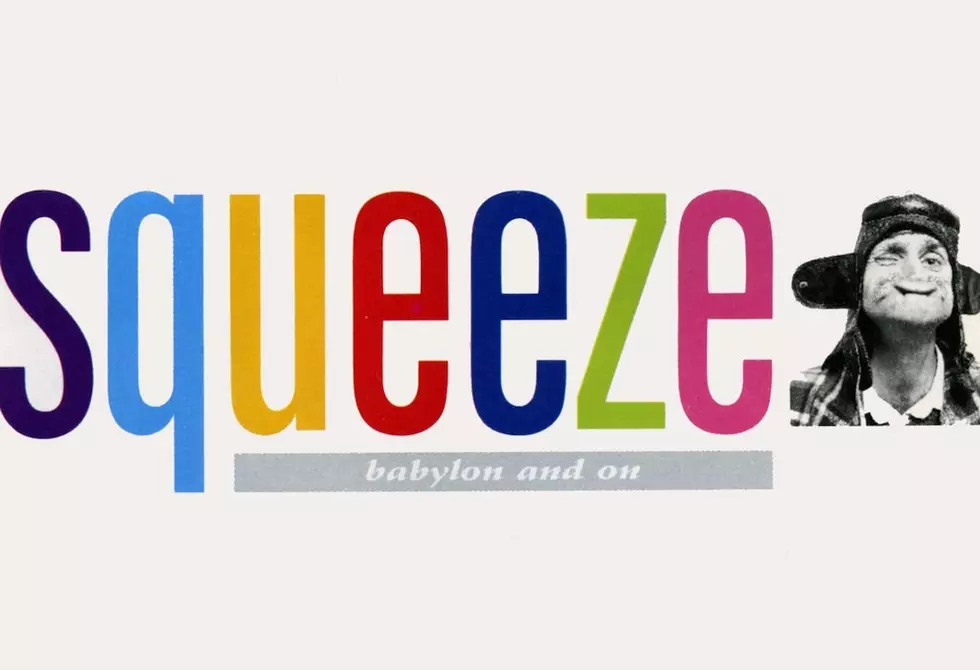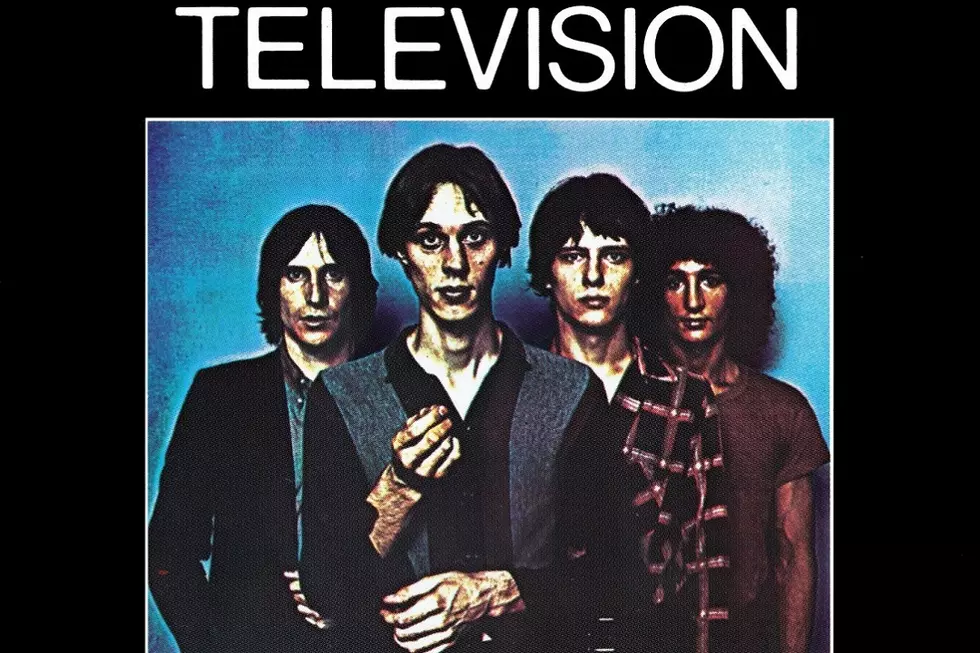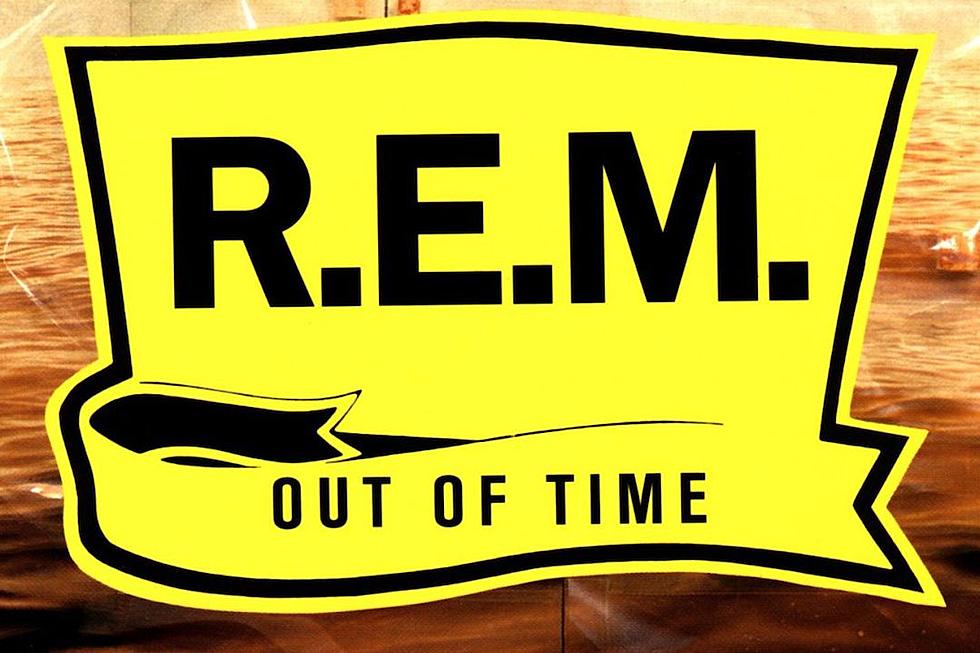35 Years Ago: Squeeze Give Out Stale ‘Sweets From a Stranger’
Squeeze seemed poised for a major breakthrough after 1981's East Side Story LP — but as would so often be the case throughout the band's career, disaster rather than opportunity was ready to strike.
The group finally cracked the U.S. Top 40 with Story's most widely played single, "Tempted." Yet the song's success proved something of a double-edged sword — lead vocals on the number were handled by keyboardist Paul Carrack, who, while a phenomenally talented singer, wasn't one of Squeeze's frontmen. In fact, by the time the band entered the studio to put together its follow-up LP, Carrack was already out of the lineup, concluding his brief tenure with the band to refocus on his burgeoning solo career.
Carrack's departure was made for chiefly pragmatic reasons — Squeeze songwriting duo Chris Difford and Glenn Tilbrook were so securely in control of the group's creative direction that Carrack knew there was no room for his own compositions — but even though he left the band on good terms (and would return for another stint a decade later), there were deeper problems at play. Instead of sailing into the studio with a fresh commercial breeze at their back, Squeeze limped up on their fifth studio LP.
Much of what plagued the group stemmed from simple exhaustion. Like many groups of the era, they maintained a punishing schedule during their rise to fame, touring consistently while releasing an album a year. By the time they geared up for that fifth album, they'd been performing nonstop for close to a decade, and juggling the demands of an increasingly high-stakes recording career for half that time. Even with a pair of prolific songwriters at the helm, they were bound to hit a wall eventually.
More importantly, Difford and Tilbrook had a combustible chemistry that could explode personally just as easily as it did on the airwaves, and Squeeze's lineup reflected that intoxicating balance between chaos and harmony. By the time they entered the studio to record 1982's Sweets From a Stranger LP, they'd churned through a number of members; Carrack's departure followed the exit of longtime keyboardist Jools Holland and bassist Henry Kakouli — and that was just in the years since they'd released their first LP. Their sound matured, but the band was always in flux.
It all added up to an uncertain state of affairs that undermined Squeeze's shot at breakthrough success just when they needed a degree of consistency. Entering the studio with producer Phil Wood in 1981, the new lineup — augmented by keyboardist Don Snow — set about building on East Side Story's success, but there obviously wasn't another "Tempted" in the mix. Fortunately, this wasn't as much of an issue in the band's native U.K., where they'd enjoyed consistent Top 40 airplay with a string of hit singles that included "Cool for Cats," "Up the Junction," and "Another Nail in My Heart"; while Carrack's voice might have been the one most associated with Squeeze overseas, they had a rich history to build on at home.
Unfortunately, the Sweets From a Stranger sessions found Difford and Tilbrook operating at a fairly low ebb. While the 12-track set still had its moments — and it'd spawn another U.S. Top 40 hit with leadoff single "Black Coffee in Bed" — on the whole, it had neither the melodic bite nor the lyrical wit boasted by its predecessors. After cranking out impeccable power pop at an impressive clip for years, the group's songwriting stewards had hit something of a wall.
Prevailing trends also didn't do the band any favors. As technology moved to the musical forefront in the early '80s, bands across a broad spectrum of genres availed themselves of cutting-edge synthesizers and drum machines, often regardless of whether the songs really called for it, and with Sweets From a Stranger, Squeeze's production took on some extra — and arguably unnecessary — layers. Whatever the songs lacked given the group's depleted vigor, it wasn't replaced with the record's arrangements, which largely lacked the unpredictable energy that coursed through earlier LPs. Each of its successors presented an evolved Squeeze; Sweets, in contrast, just sounded tired.
That sound, as it turned out, was sadly accurate. After soldiering on through a tour in support of the album, Squeeze splintered, bidding farewell with the Singles — 45's and Under compilation later in the year. The breakup proved both incomplete and short-lived: Difford and Tilbrook maintained their relationship, releasing a duo LP in 1984, and the band reunited in 1985, embarking on a run of releases that included some of their most commercially successful work later in the decade. Yet the band's implosion so soon after tasting worldwide success proved an unfortunate microcosm for the Squeeze dynamic in general: every time they looked like they were finally ready to hit the big time once and for all, something always went wrong, leaving them relegated to the ranks of critically acclaimed cult heroes.
Still, sales definitely aren't everything — and although they've split up and reunited again since then, Squeeze are still going strong today, reaching new U.K. chart peaks with a revamped lineup in recent years. And while Sweets From a Stranger wouldn't be the most popular place to enter the group's catalog, even lukewarm Squeeze is better than many bands' best.
Why Aren't These Bands in the Rock and Roll Hall of Fame?
More From Diffuser.fm









